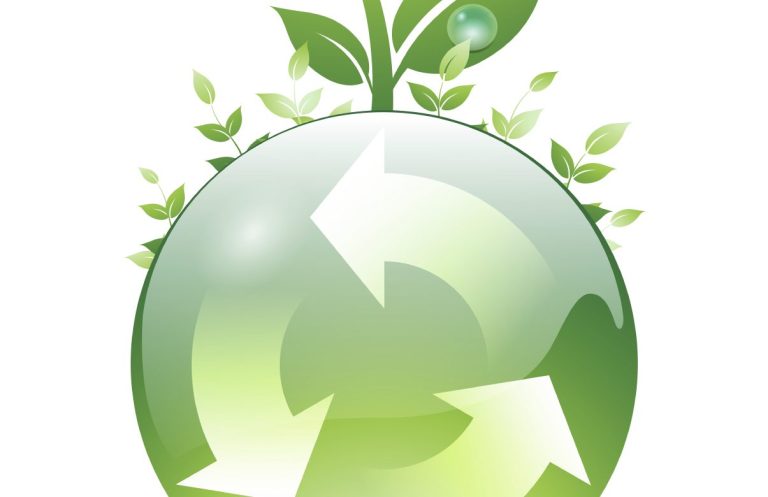Advancement of technology
Tinkering plays a crucial role in research and innovation by empowering individuals to explore concepts, develop practical skills, and contribute to the advancement of technology.

Exploratory Learning
Tinkering encourages a hands-on approach to learning concepts. Instead of just studying theory or following predefined tutorials, individuals actively engage with tools and technologies, allowing them to gain a deeper understanding of how technology works in practice.

Creativity and Innovation
Tinkering fosters creativity and innovation by providing a space for experimentation and exploration. By tinkering with tools and datasets, individuals can discover new ways to apply techniques, develop novel solutions to problems, and explore uncharted territories in technology research and development.

Problem-Solving Skills
Tinkering with technology involves identifying problems, formulating hypotheses, and testing different approaches to find solutions. This process helps develop critical thinking, problem-solving, and troubleshooting skills, which are essential for success in technology-related fields.

Iterative Development
Tinkering often involves an iterative approach, where individuals continuously refine their ideas and solutions based on feedback and experimentation. This iterative process mirrors the real-world development cycle of technology applications, where models are trained, tested, and refined over multiple iterations.

Collaboration and Community
Tinkering with technology can be a collaborative endeavour where individuals share ideas, code, and resources with each other. Online
communities, hackathons, and collaborative projects provide opportunities for individuals to learn from each other, collaborate on technology projects, and contribute to the advancement of knowledge and technology.

Democratisation of Technology
Tinkering with technology helps democratise access to technologies by providing opportunities for individuals from diverse backgrounds to learn and experiment. Tinkering encourages participation from people with varying levels of expertise, enabling a more inclusive and diverse community.
Copyright © 2025 Tinker Champs Limited
Corrective actions and continual improvement: the closed-loop system
We need your consent to load the translations
We use a third-party service to translate the website content that may collect data about your activity. Please review the details in the privacy policy and accept the service to view the translations.